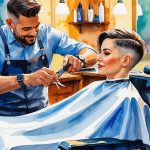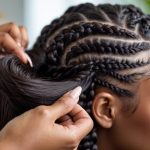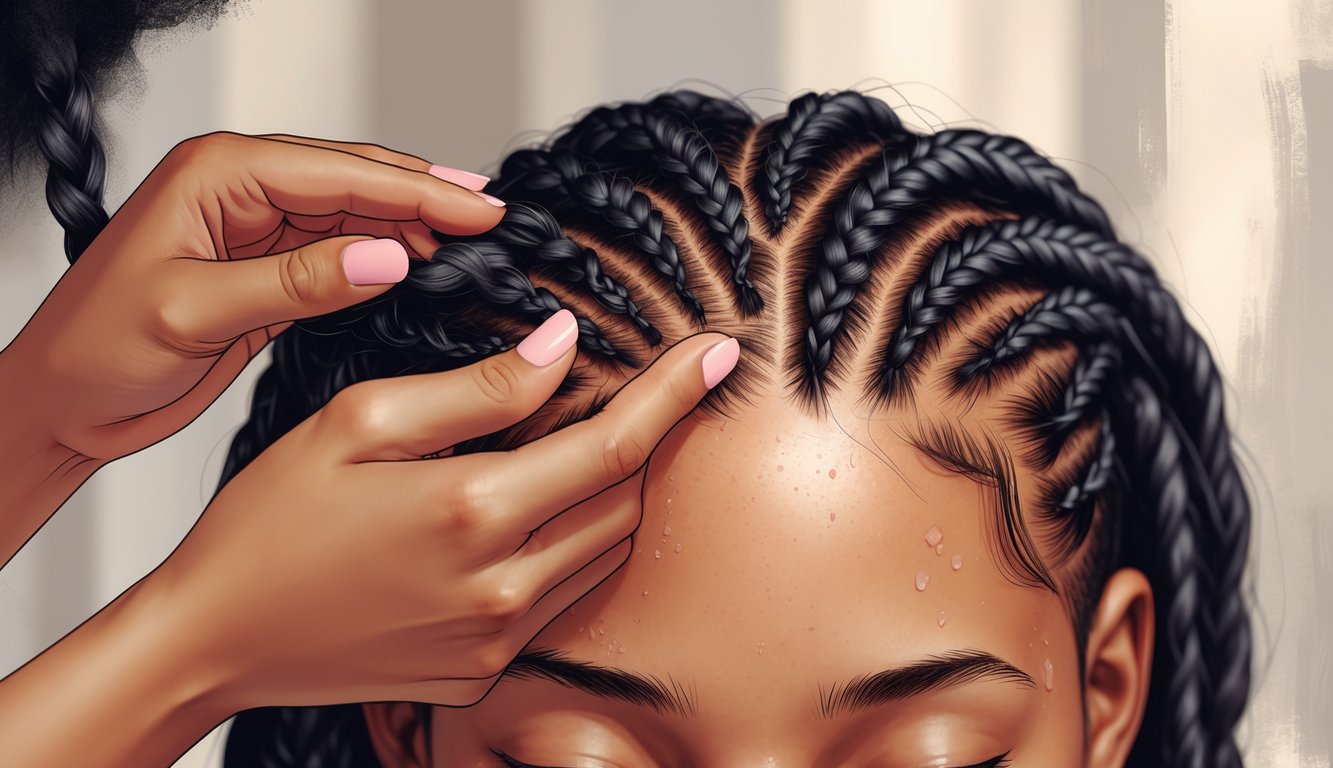
Why Some Hairstyles Increase the Risk of Scalp Damage
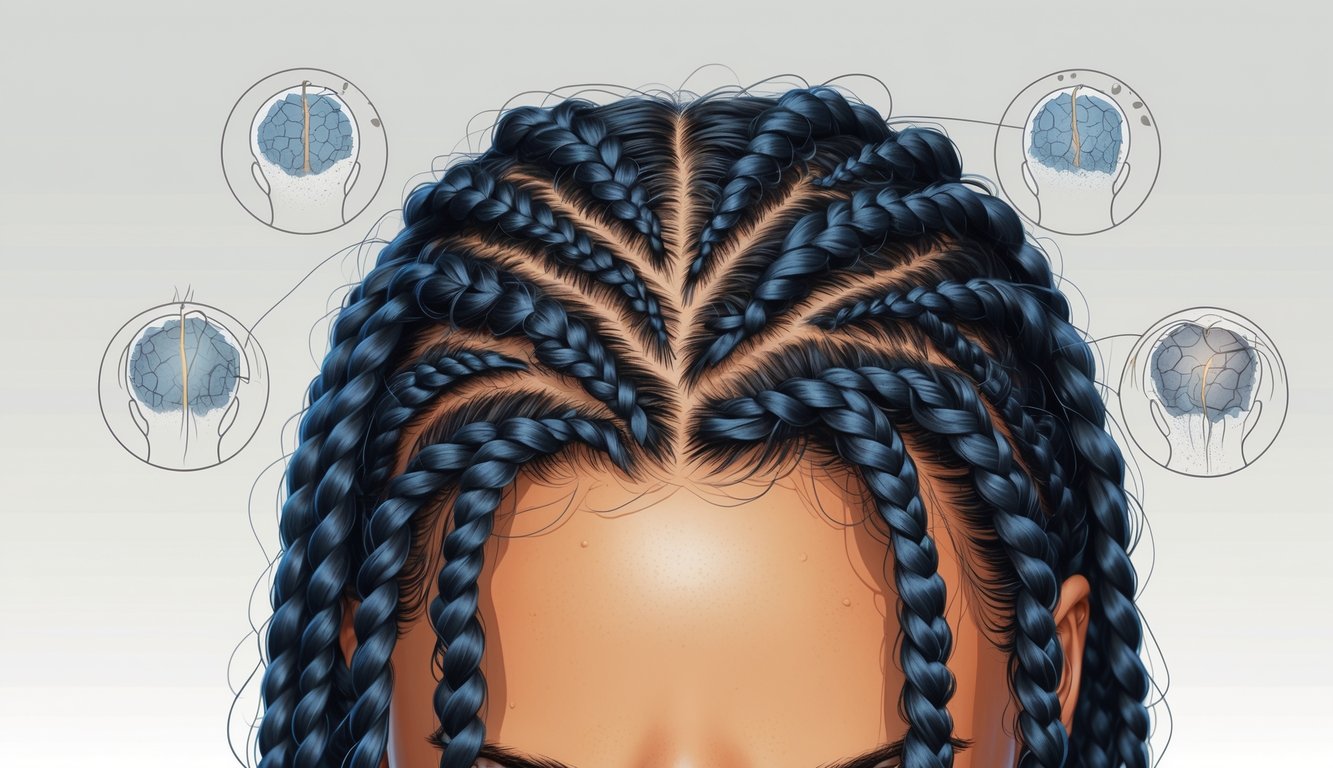
Honestly, it’s wild how many people still think all braids are automatically safe. My dermatologist literally rolled her eyes when I called box braids “protective”—the headaches alone should be a clue. Tightness, tension, the way the braids pull—those matter way more than any fancy detangling spray.
Impact of Buns, Ponytails, and Updos with Box Braids
Halfway through my last top knot, my scalp was on fire. Space buns, braided updos, even a basic ponytail—if the braids are thick or heavy, the pain’s real. Saw a stylist whip out a scale and say, “Anything over 70 grams? You’re asking for breakage.” Felt like a weird hair checkup.
Dermatologists say the weight of extensions plus tight styles causes irritation for years before you even notice thinning or that dull ache that won’t quit. Updos focus all that stress in one spot—like folding a paper until it snaps. Tried scalp massages, but the burning just kept coming back. Breakage and irritation doubled for me after two weeks of ponytails and buns. Not worth it.
Comparing Traditional Box Braids to Other Braid Styles
Let’s get real—not all braids are equally brutal. Box braids get hyped as “gentle,” but if your stylist goes too tight (and they usually do), that part line gets wider every time. Tiny cornrows or Ghana braids? Saw a trichologist online say “prolonged tension = inflammation,” and now I repeat it to everyone like I’m the expert.
When I switch to chunkier, looser braids, way less shedding. But those fancy feed-in styles? Mess up once and your temples pay the price. Tight braided or wound styles (even without chemicals) are just slow scalp sabotage—no exaggeration.
Types of Braided Hairstyles and Their Effect on the Scalp
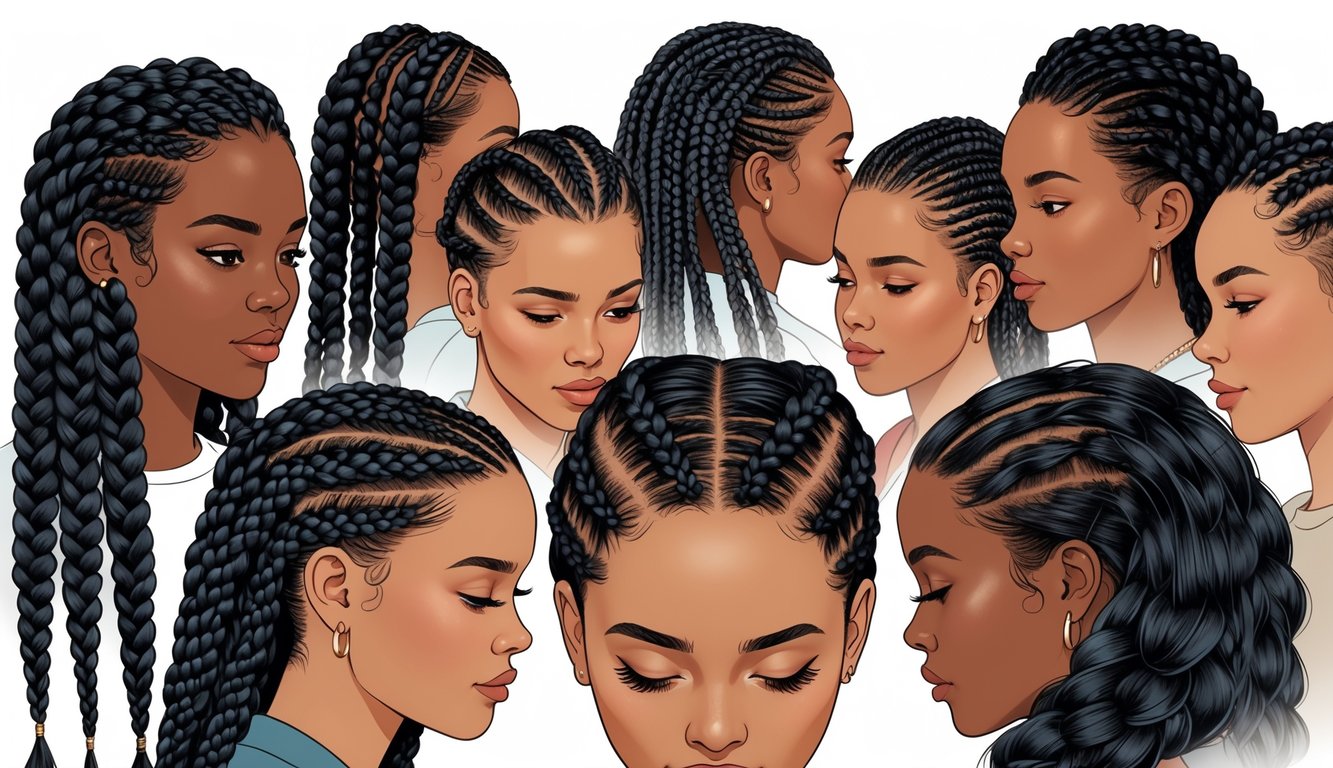
What still kills me is how nobody warns you which braids wreck your scalp the most—especially when you’re rushing, tossing on dry shampoo, ignoring headaches, and hoping for the best. Tightness, bruising, actual bald spots—nobody brings it up until it’s a crisis.
Knotless Braids Versus Box Braids
People keep debating this—are knotless braids really safer? Supposedly, they start with your own hair, then add extensions, so there’s no anchor knot digging into your scalp. I’ve noticed less redness, maybe because the tension spreads out, but if your stylist is heavy-handed, it’s still game over.
Box braids stick to the classic three-strand, square-section method. That first knot? It can absolutely torch sensitive scalps. There’s a reason stylists blame box braids for traction alopecia. Sometimes I think about those neat rows and just remember the burning, throbbing scalp. No real fix—just a lot of regrets.
Feed-In, Stitch, Tribal, and Lemonade Braids
Feed-in braids sound great—add a little hair as you go, no big lumps. But my cousin lost her edges to stitch braids; those part lines looked so perfect, but her scalp was a mess underneath. Some stylists swear you can’t actually avoid tension; you just move it around.
Tribal and lemonade braids? Super cute, super trendy, but all that scalp showing means more risk for irritation. I took a trichology class once and realized the fancier the braid, the more your scalp gets pushed and pulled. All those beads and cuffs? They don’t show the micro-damage. Nobody hands you free aftercare, either.
Curly Ends and Single Braids
Curly ends look fun, but adding perm rods or hot water curls? I’ve had chemical residue stick around my neck for days—nobody at the salon warned me. Single braids dangle like little weights, and the longer or thicker, the more you’ll want painkillers to get through the week.
I tried two chunky braids (supposedly “gentle”), and my scalp still stung along the part. Dermatologist said even soft styles can rub raw spots if you wear the wrong hat or bonnet. Micro braids look delicate but take forever to do—and if you rush, you just get more pulling and breakage. Every sweaty workout, rainstorm, or weird nap can change your scalp overnight. Who knew?
Best Practices for Avoiding Scalp Damage

Box braids, right? They look cool, seem easy, everyone says they’re “protective”—until you’re quietly panicking about your hairline. The burning after install? Not “normal.” I’ve watched so many people just trust the stylist’s word (maybe those five-star reviews on Google, whatever), and then weeks later, surprise, their edges are gone. Fixing it is a nightmare compared to just not letting it happen. But hey, I guess we all learn the hard way.
Choosing a Qualified Stylist
Let’s be real, if you’re DMing randoms about $90 braids and they never show their own work? I’m out. Credentials? Only mean something if you actually see proof. My dermatologist basically begged me to stop letting self-taught braiders near my scalp. I want to see clean tools, a workspace that doesn’t look like a tornado hit, reviews that mention scalp health and not just “straightest parts ever!” If they’re desperate for clients or undercutting everyone else, I get suspicious.
I do check prices, but $45 micro braids in someone’s basement? No thanks, I like my follicles. I trust salons that hang their health certificates where you can’t miss them. If a stylist brings up traction alopecia before I do, I’m actually impressed. Once heard a stylist say, “Too tight is trauma, period.” That’s the honesty I want, not some fake Yelp positivity.
Proper Consultation Before Installation
The number of times I see people whining online about forehead breakouts or peeling scalp—most of it’s from skipping a real consultation. I want a conversation before shampoo even touches my head. We cover everything: hair density, breakage, last relaxer, mystery scabs. If a stylist tries to upsell some “miracle” scalp serum after you’re already in the chair? Nope.
If they don’t check your hair’s stretch or even ask about your lifestyle (I had someone blame my swim habits for loose braids—no clue if that’s actually true), I’m out. Vague “it’ll be fine” talk with zero inspection? Hard pass. I’d rather have a confused stylist than an overconfident one.
Selecting the Right Braid Size and Tension
Thin braids look pretty, but wow, they’ll rip your edges out. There’s a study about traction alopecia risk tripling with cornrows in little kids, but somehow everyone’s still obsessed with the “cute” look. Nobody wants to admit when their scalp is throbbing, but if you feel it, it’s already too late. The pain always sneaks in after you admire how neat it looks.
Stylists who actually listen if you say “it’s tight”—they’re rare. I always ask about braid thickness because bigger sections spread out the weight. If I hear “it loosens in a day” but can’t move my forehead? I’m grabbing scissors. Aloe gels, scalp oils, maybe they help, but honestly, spacing out installs and letting your scalp rest is the only thing that’s ever worked for me.

